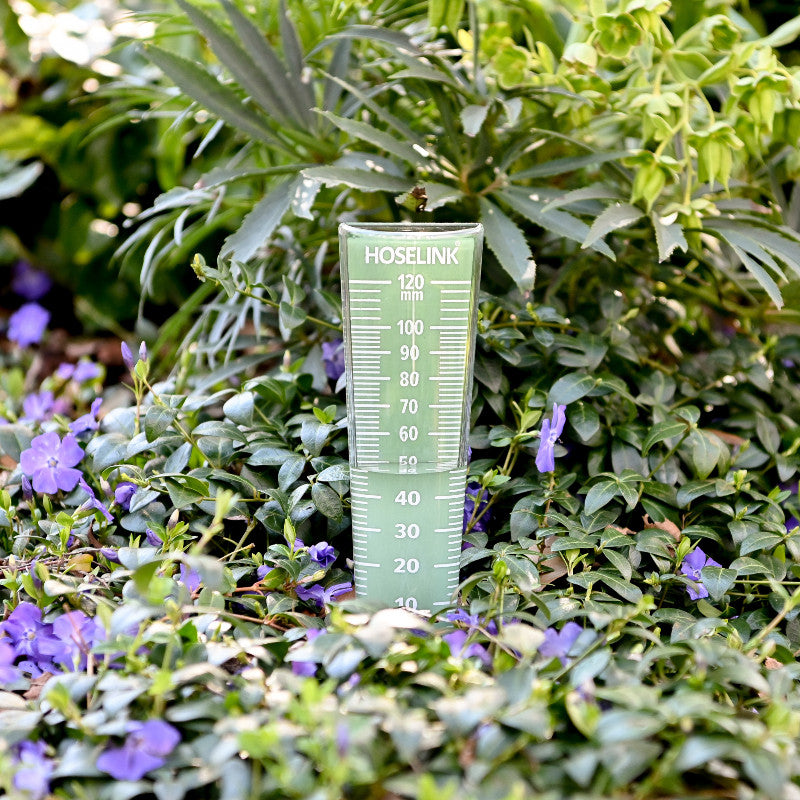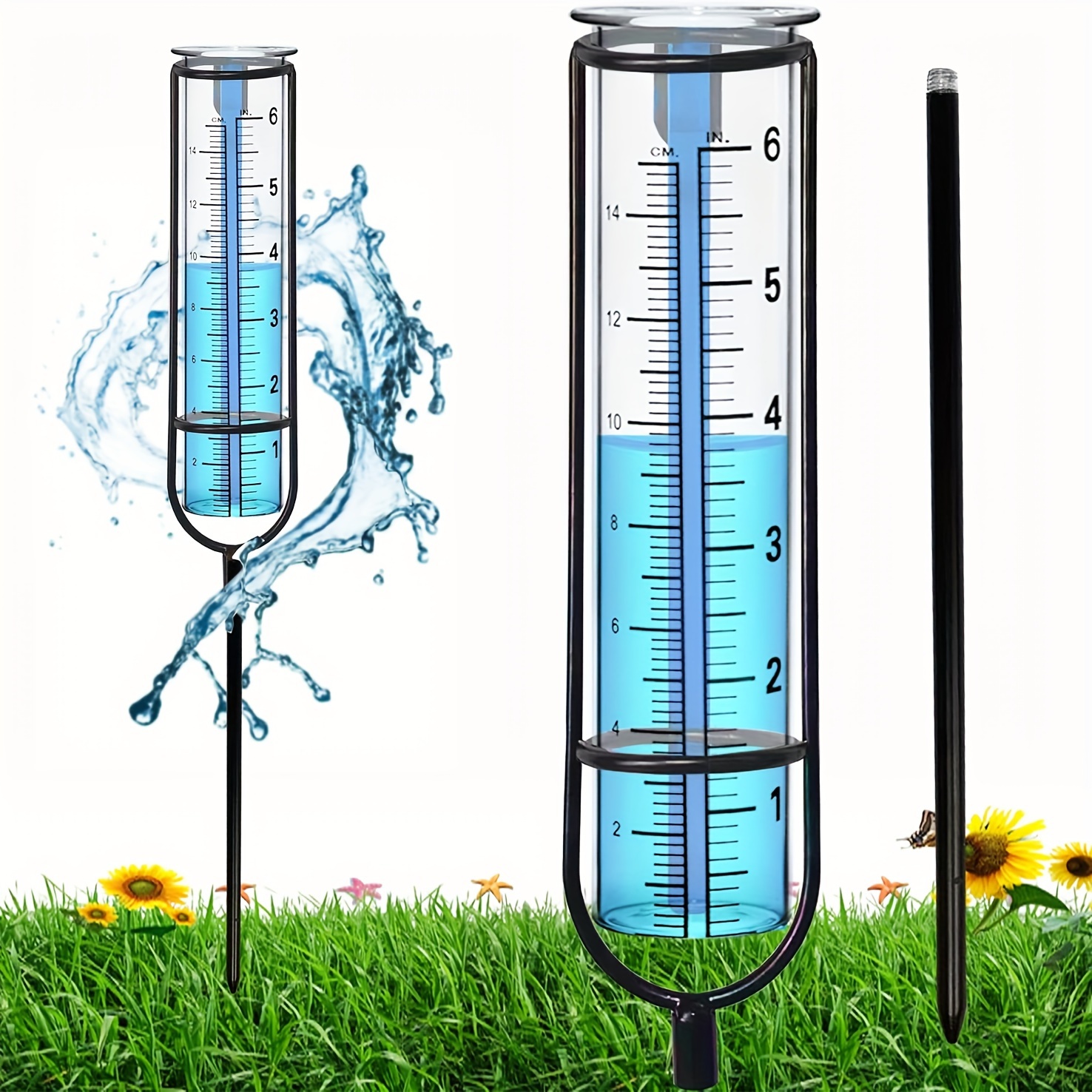Revealing the Science Behind Rain Evaluates: How These Instruments Play a Crucial Duty in Climate Research and Ecological Monitoring
Rain assesses, seemingly straightforward devices, hold an extensive relevance in the realm of climate research and environmental surveillance. As we peel off back the layers of this clinical shroud surrounding rain evaluates, we discover a world where accuracy, information accuracy, and meticulous monitoring converge to unveil a deeper understanding of our altering environment and its effect on the world.
Importance of Rain Gauges
Rainfall assesses play an important function in monitoring and measuring rainfall degrees, offering important information for environment research study and evaluation. These tools are fundamental in measuring the quantity of rains that happens in a specific location over a certain duration. By collecting and measuring rainwater, rain assesses deal important insights into the circulation and intensity of rainfall, helping meteorologists, hydrologists, and climatologists in comprehending climate patterns and trends.
In addition, lasting information gathered from rain evaluates aids in evaluating environment modification influences and patterns, contributing considerably to clinical research and decision-making processes. In significance, rain gauges serve as essential devices in the area of weather forecasting and environmental science, playing an important function in progressing our understanding of weather and climate dynamics.
Kinds of Rain Scales

Performance and Procedure
In the realm of climate research and atmospheric researches, the effectiveness of rainfall gauges lies in their detailed capability and precise functional mechanisms. Rain determines are made to properly determine the quantity of rainfall that falls over a certain area throughout a set period.
The performance of rainfall gauges is based on the principle of gauging and gathering rainwater in a standardized manner. This collected data is critical for understanding neighborhood climate patterns, tracking long-term environment trends, and examining environmental impacts. To ensure accurate measurements, rain determines demand to be strategically put in open areas far from blockages such as buildings or trees that can conflict with the collection process.
The operational element of rain gauges involves normal upkeep to protect against debris buildup, calibration checks to preserve measurement accuracy, and information recording for evaluation (rain gauge). Generally, the functionality and procedure of rainfall evaluates are essential for gathering trusted precipitation information important to climate research and environmental tracking
Role in Climate Research
Provided the vital value of exact rainfall measurements in recognizing weather patterns and ecological effects, the duty of rainfall determines in environment research study is vital. Rainfall gauges provide necessary data for climate research by quantifying the quantity of precipitation that drops over a particular location throughout an offered duration. This information is crucial for monitoring long-term trends in precipitation patterns, evaluating the influence of climate adjustment on rainfall distribution, and enhancing climate models.

Climate researchers visit our website utilize information accumulated from rain gauges to examine variants in rainfall degrees, identify local environment fads, and assess the effectiveness of water source administration approaches. By contrasting historic rainfall data with present measurements, scientists can spot shifts in rainfall patterns, such as adjustments in the frequency or strength of rains occasions. This details is important for understanding exactly how environment change is influencing precipitation characteristics and can assist policymakers make notified choices relating to adaptation and reduction strategies.
Applications in Ecological Monitoring

In flooding projecting, rain gauge data assists to track rainfall strength and circulation, allowing authorities to provide prompt cautions and take essential actions to minimize flood dangers (rain gauge). Drought surveillance counts on rainfall scale information to examine dampness degrees in the soil and track precipitation that site shortages, assisting in the identification of drought-prone locations and the application of dry spell reaction approaches
In addition, rain gauge data plays a crucial role in water source monitoring by offering info on water accessibility and use fads. This data is used to make informed choices pertaining to water allotment, preservation steps, and lasting water source planning. In addition, in agriculture, rainfall gauge data assists farmers in enhancing watering routines, crop option, and total ranch management methods based on regional rainfall patterns. On the whole, rainfall assesses are indispensable devices in environmental monitoring, providing important insights that add to educated decision-making and lasting source management.
Conclusion
In final thought, rain assesses are important devices for measuring rainfall, supplying important data for environment research study and environmental monitoring. With various kinds and performances, rain gauges play a critical function in comprehending rainfall patterns and their influence on the atmosphere. By properly gauging rains, these gadgets add to the innovation of scientific understanding and assistance in making educated decisions relevant to water resource monitoring and disaster readiness.
Rain gauges play an essential duty in tracking and determining precipitation levels, supplying vital information for environment research study and analysis. The conventional rainfall gauge, understood as the "tipping pail" scale, is one of the most typically utilized gadgets. Ultrasonic rain determines use sound waves to detect the visibility of rainfall, offering real-time data on precipitation levels.Climate scientists utilize data accumulated from rainfall determines to evaluate variations in precipitation levels, determine local climate fads, and review the effectiveness of water resource monitoring approaches.In conclusion, rainfall assesses are essential click this tools for gauging precipitation, supplying beneficial data for environment research and environmental tracking.